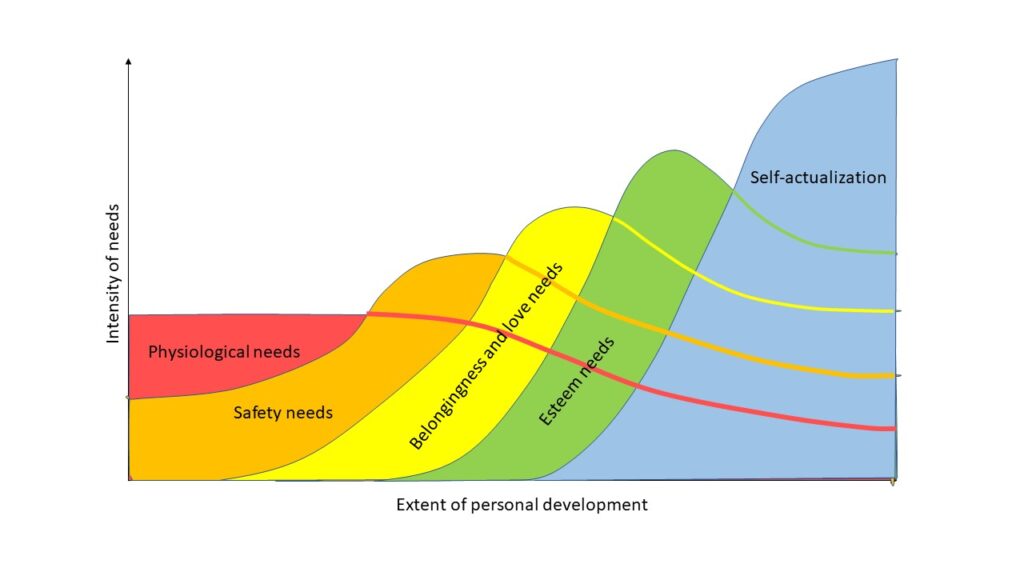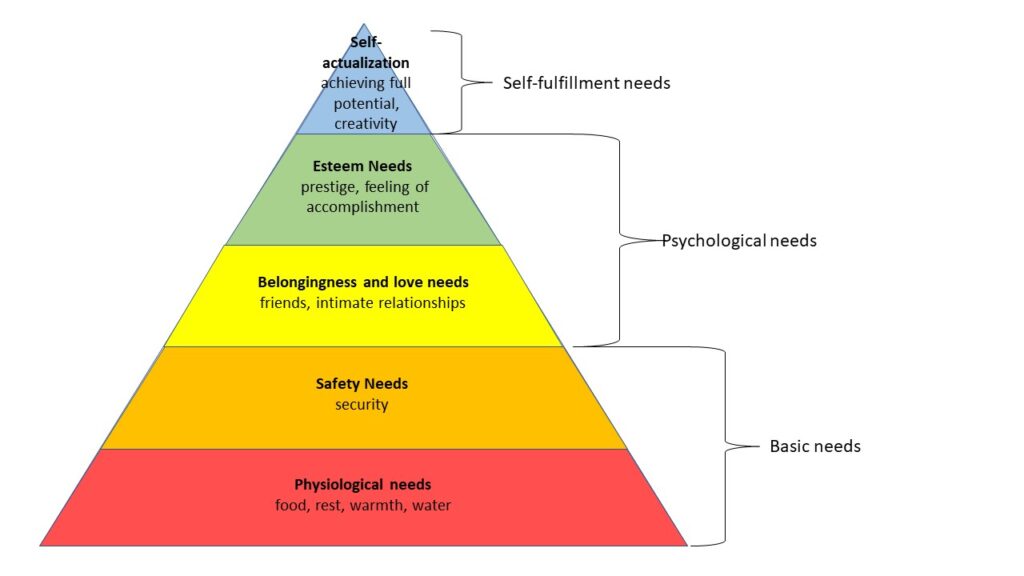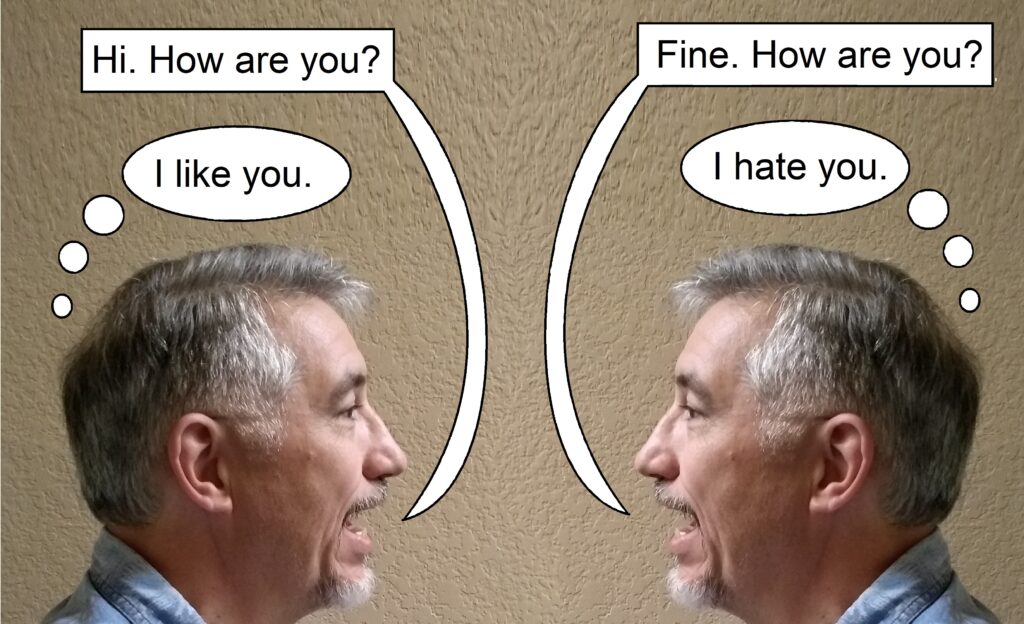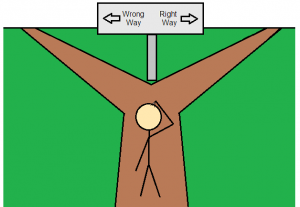You may have heard of Maslow’s Hierarchy of Needs, but have you thought about how that hierarchy might apply to the characters in your stories?
An excellent post by author K.M. Weiland inspired me to write about this topic. I encourage you to read her post, too.
As a refresher, Abraham Maslow published a paper in 1934 titled “A theory of Human Motivation.” In it, he postulated that people are motivated in stages by various categories of needs. Moreover, he thought the more basic needs must be satisfied before a person can be motivated by higher level needs. If circumstances change and a more basic need becomes unsatisfied, the person drops back down the hierarchy.
Most often, you’ll see this hierarchy depicted as a pyramid. However, a succession of overlapping curves more accurately reflects Maslow’s theory. A person doesn’t just step up the levels of a pyramid, but rather moves through a series of waves.

Fictional characters have motivations and needs like real people. Maslow’s theory applies to them, too. If your character is practicing to be a concert pianist (Self-actualization), and her house catches fire, it’s more realistic to have her run to save herself (Physiological need) than to remain at the piano.
When creating characters for a story, I write down both their motivation and goal in my notes. Think of these two things this way: a goal is a specific thing you want; a motivation (or need) is why you want it.
Here are my listed motivations for some characters in my stories, along with how Maslow might have categorized them:
- Hototo, from “Broken Flute Cave.” Motivation: to maintain traditions of the tribe, to keep connections with ancestors, and to sustain music. Maslow’s categorization: belongingness and love needs.
- Edgar Allan Poe, from “Reconnaissance Mission.” Motivation: to find order, rationality, and discipline in all things. Maslow’s categorization: self-actualization. (Poe’s needs shift during the story to basic survival—physiological needs.)
- Brother Eilmer, from “Instability.” Motivation: Knowledge. Maslow’s categorization: self-actualization.
- Lani Koamalu, from “The Cats of Nerio-3.” Motivation: to finally outsmart the Artificially Intelligent character or at least prove its equal. Maslow’s categorization: esteem needs. (Lani’s needs shift during the story to basic survival—physiological needs.)
- Johnny Branch, from “After the Martians.” Motivation: adventure, making a difference in the world. Maslow’s categorization: esteem needs. (Johnny’s needs shift during the story to basic survival—physiological needs.)
Here’s my takeaway—don’t get hung up on the details of Maslow’s hierarchy. It’s a theory, and many have criticized it. However, be aware that people (both real and fictional) can have many needs, and the needs can shift based on circumstances.
You should have a good understanding of your characters and their needs. To have sufficient conflict in your story, the needs of the protagonist should differ from (and be in conflict with) the needs of the antagonist. Whether these characters’ needs fit into Maslow’s hierarchy is not really important.
Needs form the basis of goals. The pursuit of goals drives behavior (speech and action). Characters with opposing goals result in conflict. The behavior of characters as they deal with the conflict moves the plot. At the story’s end, a goal is satisfied, or not, but the protagonist either learns something or dies in a meaningful way.
Those essentials of story-writing are far more important than strict adherence to a theory of human needs. You may find Maslow useful, but don’t feel bad if your story doesn’t fit his theory. Writing a good story is one of the primary needs of—
Poseidon’s Scribe



 My list differs from hers, since it’s borne of my own experiences. Moreover, I’m sure there are plenty of unlisted items I’m still getting wrong, that hinder me from greater success.
My list differs from hers, since it’s borne of my own experiences. Moreover, I’m sure there are plenty of unlisted items I’m still getting wrong, that hinder me from greater success.